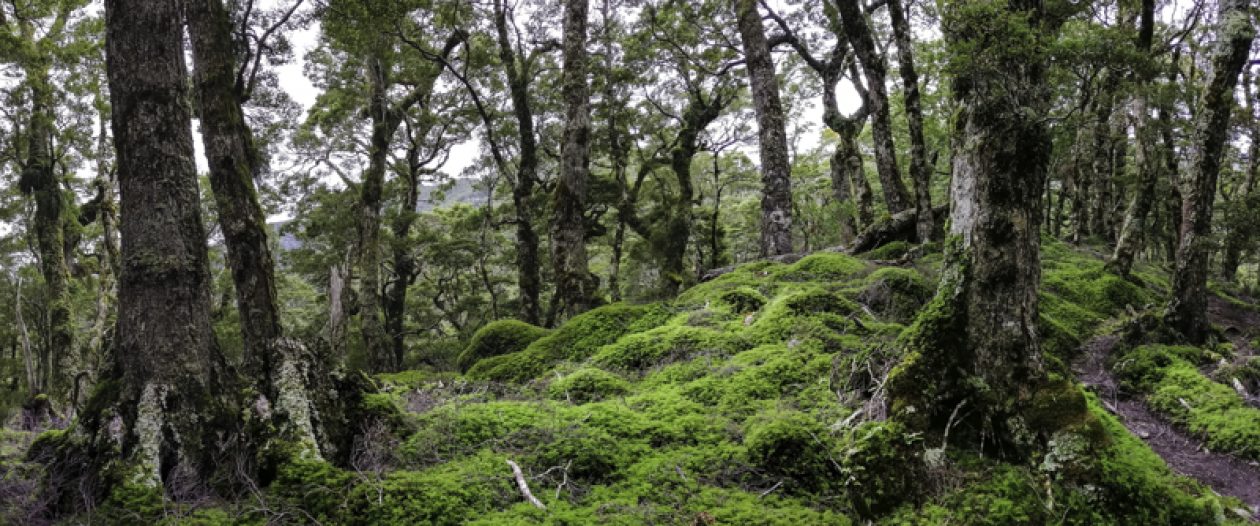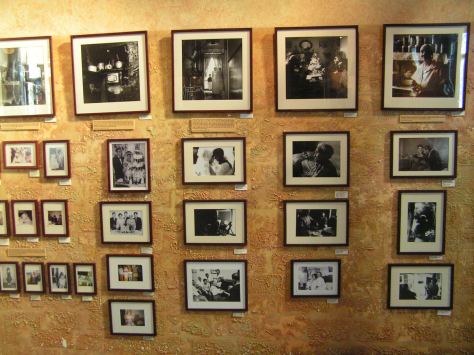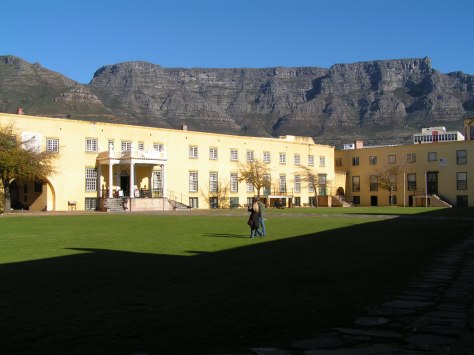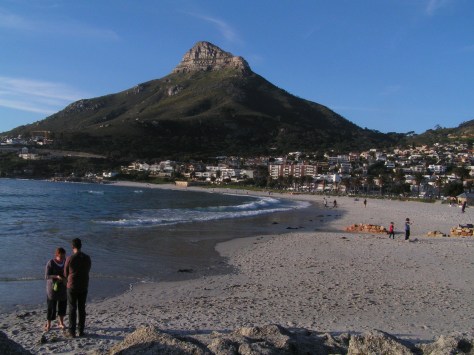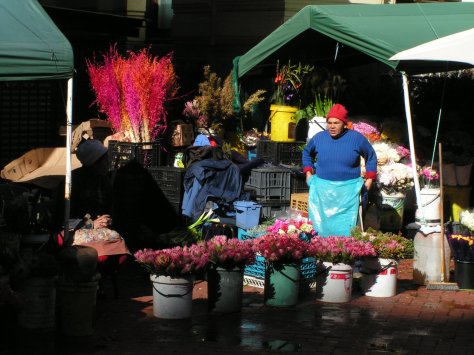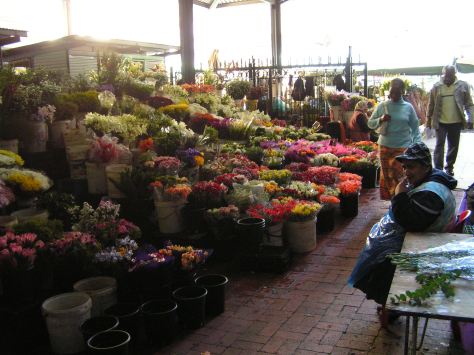27 July 2012
On the road with a big bright red overland truck was a good feeling. I was moving. Cape Town was organised, modern and was quite unlike an African township. However, just on its fringes on Highway 1, shanty towns appeared. The appearance of cramped houses with corrugated iron roof, narrow dirt lanes, poor hygiene and sanitary, broken down vehicles and clothing drying off strings attached between houses were the tell-tale signs. There were several along the way. It was in contrast to the neat, picturesque coastal townships of Cape Town. Poverty is real and evident here. This is the Cape Flats where during the apartheid days, the black population was forcefully removed from Cape Town and resettled here. This included people from District Six. Little or no efforts had been made to reintegrate these people into mainstream Cape Town. They still struggle to get basic amenities like clean water, power and sewage. Is it deliberate – to divide and rule. On reflection, Cape Town is predominately occupied by the white population. Perhaps there is a conspiracy where the ruling ANC government is sleeping with the white controlled economy!
After a long drive north in a dry landscape, the route diverts inland and a desert like environment. Soon, high mountains dominate the horizon. The journey meandered through the dusty gravel roads, sometimes with river crossings, to reach an oasis dominated by tall trees and vertical orange sandstone mountains. A crystal clear river flowed nearby. The sun was high but rapidly setting against a deep blue sky. This is Camp Algeria. The Cederberg Wilderness, about 300km north of Cape Town, is a world heritage site. It is remote but endowed with stark natural beauty. After setting up the tents, we hiked up a mountain. The flora is dominated by mountain fynbos including mountain protea and tiny yellow daisies. On the dry and rocky surface, a small number of trees struggled to grow, naturally stunted with unique shapes. Dazzies, little rodents, lay in the sun. Across this slope, another mountain range rose from the narrow green valley. Numerous natural rock formations added extra appeal to this dramatic landscape. A hiker’s paradise indeed. A waterfall appeared midway tucked away amongst trees. It dropped vertically into the valley below. The stratification of the rock is enhanced by the moisture. It is a cool reprieve from the scorching tilting sun. As I descended, the setting sun cast a dark silhouette in contrast with the bright orange and reddish mountain. The waning moon appeared behind the mountain against a deep blue cloudless sky. The temperature plummeted too. The light was luminous and my senses heightened. The comfortable bed in Cape Town is now a distant memory as I bedded down for the first night in a tent. The sense of the African adventure permeated through my mind.
